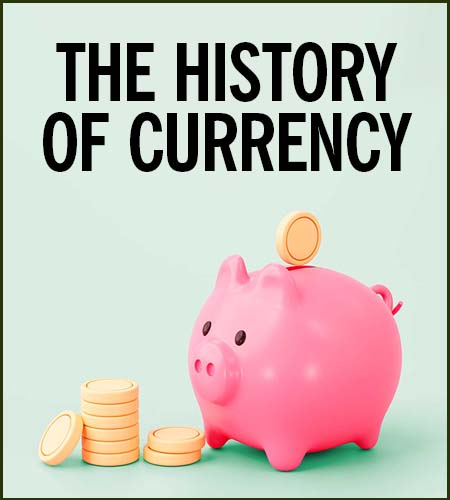Stocks Show Small Losses After Mixed Week
The Weekly Update
Week of April 24th, 2023
By Christopher T. Much, CFP®, AIF®
Stocks remained resilient last week amid mixed earnings reports, hawkish Fed-speak, and lingering recession fears, closing out the five trading days with small losses.
The Dow Jones Industrial Average slipped 0.23%, while the Standard & Poor’s 500 lost 0.10%. The Nasdaq Composite index fell 0.42% for the week. The MSCI EAFE index, which tracks developed overseas stock markets, added 0.10%.
Stocks Hold Firm
Stocks traded most of last week around the flatline as investors grappled with several headwinds.
The first was disappointing earnings results, coupled with the absence of earnings guidance from some companies due to an uncertain economic climate. Weak economic data, including declines in housing and leading economic indicators, also weighed on investor sentiment. Finally, multiple Fed officials spoke last week, signaling that inflation remained too high and that further rate hikes may be likely.
Underneath the seemingly placid surface …











